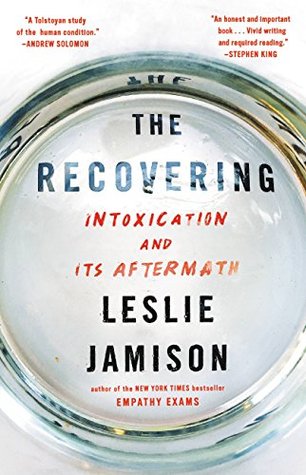More on this book
Community
Kindle Notes & Highlights
black women in America have been “denied the privilege of freely yielding to depression, of flaunting neurosis as a mark of social and psychic complexity.”
I tried to understand the pain as psychic compost,
“Did we know we were lying about the drugs? Of course we did.” He said the Nixon administration couldn’t make it illegal to be black, but they could link the black community to heroin: “We could arrest their leaders, raid their homes, break up their meetings, and vilify them night after night on the evening news.”
One 1995 survey asked participants: “Would you close your eyes for a second, envision a drug user, and describe that person to me?” Even though African Americans constituted only 15 percent of the nation’s drug users, 95 percent of the respondents pictured someone black. This hypothetical drug user was the product of decades of effective storytelling.
Most addicts don’t live in barren white cages—though some do, once they’ve been incarcerated—but many live in worlds defined by stress of all kinds, financial and social and structural: the burdens of institutional racism and economic inequality, the absence of a living wage.
Perhaps it was just a question of seeing how often selfishness, mine and everyone’s, was motivated by fear.
Part of Rhys’s torment was that her self-absorption wasn’t complete enough to make her unaware of its effect on others.
There were stretches of days when I didn’t see anyone. One afternoon I tried to dig out my car, to free it before the plows arrived and blocked it in.


